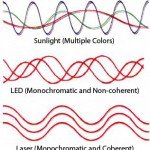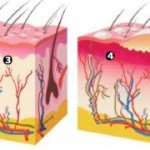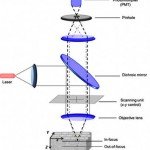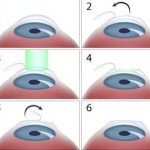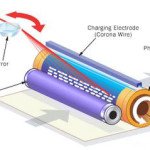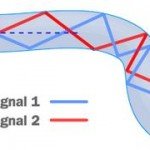Laser in Tattoo Removal
The process of tattooing involves introducing pigment underneath the skin. Beneath the skin the pigment accumulates in the form of granules. The color of the granules depends on their chemical composition. The metals mercury and chromium, for example, are often used to make redand green-colored pigments, respectively.
The pigment particles measure about 150 to 180 micrometers in diameter. As a general rule, tattoos are easier to create than remove. Various techniques exist for removing tattoos; they involve using chemicals, mechanical abrasion, or lasers. Tattoos are usually described as permanent, but the design generally fades slowly with time.

Until the development of laser-based tattoo removal techniques, the process of removing tattoos was difficult, slow, painful, inefficient, and often involved some scarring.
The fading process takes many years, during which time the body’s own immune system slowly attacks the granules of pigment, with the result that colors fade and the edges of the design become less sharp. This process can be greatly accelerated by the use of lasers. Ruby lasers are often used in tattoo removal. Ruby lasers emit light at a wavelength of 694.3 nanometers. Many of the dyes used in tattoos absorb energy at this wavelength more readily than does skin.
Consequently, if the light from a ruby laser is concentrated on a tattoo, the pigments of which the tattoo is composed become hotter faster than the surrounding tissue. The difference will not matter if a lowpower laser is used, because then the pigments will heat slowly and the heat will have sufficient time to diffuse (by conduction) from the pigment granules to the surrounding tissue. But if the energy is transferred quickly, one can obtain a large temperature difference between the granules and skin in which they are embedded. It is this brief pulse of energy that is the key to laser techniques for removing tattoos. The laser first releases a short powerful burst—generally obtained via Q-switching—for about 30 nanoseconds. The pigment becomes much hotter than the surrounding tissue almost instantly. Shock waves are generated that pulverize the pigment granules. In fact, the skin appears white for 15 to 20 minutes following tattoo-removal treatment with a laser because of steam that is generated underneath the skin by sudden heating and resulting shock waves.
The shattered granules that result are more easily destroyed by the immune system. It takes several weeks to determine the success of the treatment. One laser treatment may not be sufficient, and there is a waiting period between visits to give the body a chance to remove the tiny particles that are the result of the process. The way that the tattoo responds to the laser depends on the colors that were used in its creation. Some pigments absorb the light better than others.
The more efficiently the pigment absorbs light at a wavelength of 694.3 nanometers, the more effective the treatment will be. The density of the pigment within the skin also affects the outcome of each treatment. There are no guarantees, but laser treatments represent one of the best ways of removing tattoos. The least traumatic, least expensive way of being tattoo-free, however, remains forgoing the tattooing experience entirely.


